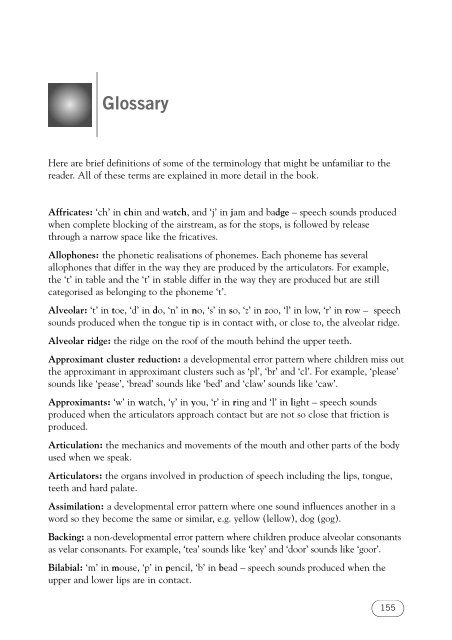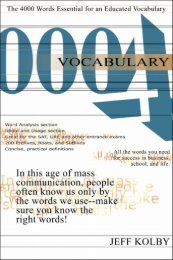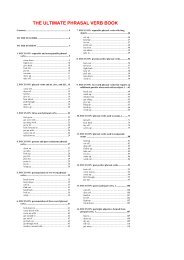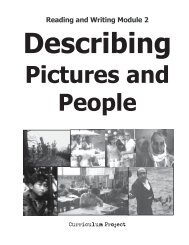Developing Speech and Language Skills - Noel's ESL eBook Library
Developing Speech and Language Skills - Noel's ESL eBook Library
Developing Speech and Language Skills - Noel's ESL eBook Library
You also want an ePaper? Increase the reach of your titles
YUMPU automatically turns print PDFs into web optimized ePapers that Google loves.
GlossaryHere are brief definitions of some of the terminology that might be unfamiliar to thereader. All of these terms are explained in more detail in the book.Affricates: ‘ch’ in chin <strong>and</strong> watch, <strong>and</strong> ‘j’ in jam <strong>and</strong> badge – speech sounds producedwhen complete blocking of the airstream, as for the stops, is followed by releasethrough a narrow space like the fricatives.Allophones: the phonetic realisations of phonemes. Each phoneme has severalallophones that differ in the way they are produced by the articulators. For example,the ‘t’ in table <strong>and</strong> the ‘t’ in stable differ in the way they are produced but are stillcategorised as belonging to the phoneme ‘t’.Alveolar: ‘t’ in toe, ‘d’ in do, ‘n’ in no, ‘s’ in so, ‘z’ in zoo, ‘l’ in low, ‘r’ in row – speechsounds produced when the tongue tip is in contact with, or close to, the alveolar ridge.Alveolar ridge: the ridge on the roof of the mouth behind the upper teeth.Approximant cluster reduction: a developmental error pattern where children miss outthe approximant in approximant clusters such as ‘pl’, ‘br’ <strong>and</strong> ‘cl’. For example, ‘please’sounds like ‘pease’, ‘bread’ sounds like ‘bed’ <strong>and</strong> ‘claw’ sounds like ‘caw’.Approximants: ‘w’ in watch, ‘y’ in you, ‘r’ in ring <strong>and</strong> ‘l’ in light – speech soundsproduced when the articulators approach contact but are not so close that friction isproduced.Articulation: the mechanics <strong>and</strong> movements of the mouth <strong>and</strong> other parts of the bodyused when we speak.Articulators: the organs involved in production of speech including the lips, tongue,teeth <strong>and</strong> hard palate.Assimilation: a developmental error pattern where one sound influences another in aword so they become the same or similar, e.g. yellow (lellow), dog (gog).Backing: a non-developmental error pattern where children produce alveolar consonantsas velar consonants. For example, ‘tea’ sounds like ‘key’ <strong>and</strong> ‘door’ sounds like ‘goor’.Bilabial: ‘m’ in mouse, ‘p’ in pencil, ‘b’ in bead – speech sounds produced when theupper <strong>and</strong> lower lips are in contact.155











